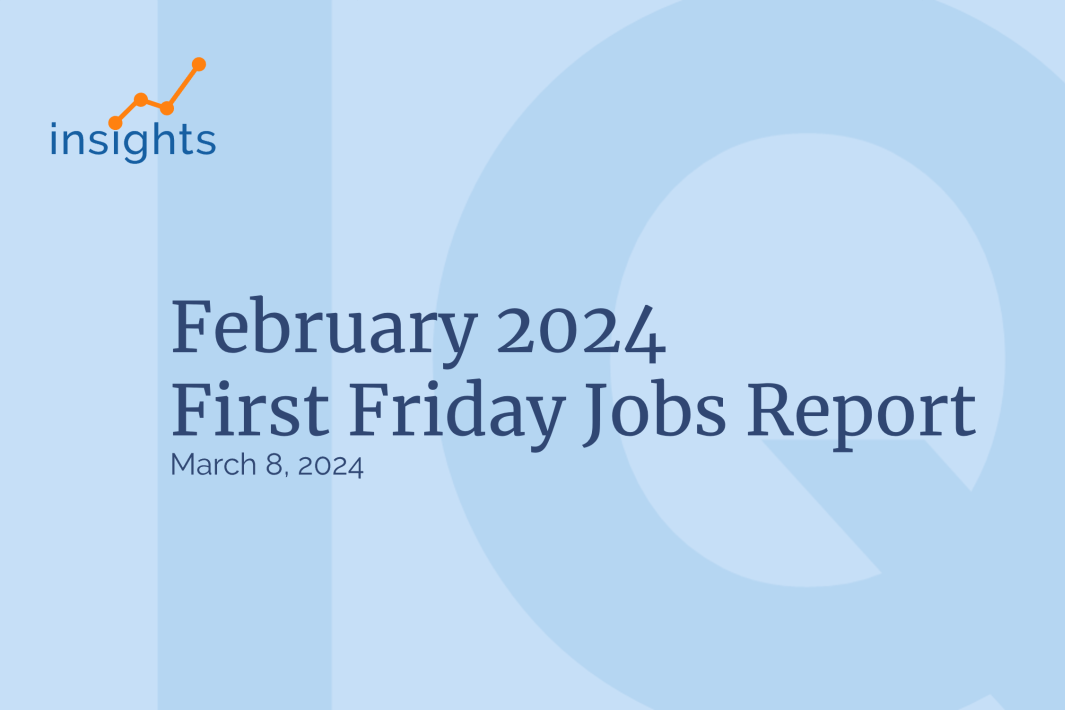Before discussing how the job market will fare in 2023, it’s essential to acknowledge a few contributing factors - like inflation.
Despite rising inflation during the middle of 2022 (at highs of 9.1% in June), current projections suggest we might be over the peak of this trend. In response to inflation, some companies conducted layoffs. In fact, November 2022 saw job cuts reach a shocking 127%.
What’s the Hiring Forecast for 2023?
By the end of 2023, job cuts are predicted to taper off to pre-pandemic levels as inflation rates across the U.S. and EU are expected to decrease close to 3%, which may prompt positive momentum in the labor market.
While this is good news for companies and job seekers alike, the need for enterprises to address their skill gaps is all the more apparent. Thanks to a heady mix of factors, including the great resignation and record-low unemployment, over the last couple of years, many companies hired poor-quality candidates and hung onto underperforming employees out of desperation. Consequently, they’re now facing unprecedented skill gaps, with some estimating that by 2030, $8.5 trillion in lost revenue could result in the U.S. alone!
As a result, we predict backfilling will play an increasingly prevalent role in 2023’s hiring processes, which leads us right into our next point:
What is Backfilling, and Why is It Relevant?
Before we go any further, let’s make sure we’re on the same page about what ‘backfilling’ means:
In a nutshell, backfilling is the process of replenishing a position that an employee has recently vacated.
Interestingly, backfilling comprises the majority of hiring. This is relevant because it highlights the importance of keeping a close eye on employee turnover and having a plan to quickly fill vacancies.
Of course, the number of people voluntarily/involuntarily leaving their jobs will vary by company. Still, generally speaking, we expect to see the following trends:
- Voluntary quits are expected to be moderate in 2023 - rates began to slow in mid-2022 and have continued at an average of 2.7% into 2023. However, we still saw more than 4 million people quit their jobs at the end of 2022 - suggesting there’s an incentive for workers to leave their jobs regardless of the shallow recession. It’s also worth noting that while voluntary quits have stabilized, they remain 0.5% higher than pre-pandemic levels. So, employers must be careful in 2023 not to assume that the days of employees jumping ship are over.
- Where involuntary separations are concerned, as mentioned, the end of 2022 saw lots of layoffs. In fact, by Q4 of 2022, BLS reported that 1.4 million workers were dismissed from their roles. Again, this is likely due to a mix of underqualified hires and poor economic planning. What does this mean for 2023? Before cutting down their workforce, employers must meticulously consider the potential for market changes that could leave them in a tight position if they don’t have enough skilled workers for their operations.
Based on our analysis, the main issue for employers related to voluntary and involuntary quitting will be getting the proper measures in place to manage whatever 2023 throws at them. For example, although it’s predicted that 64 million people will start new jobs in 2023, companies must acknowledge that workers might quit and/or need replacing. As such, companies must have comprehensive resources and strategies to stay resilient.
Backfilling is a great place to start.
However, this can be daunting, especially for small- and medium-sized businesses that may need more resources to keep up with the labor market demands. But with the right tools, companies of all sizes can successfully navigate the hiring challenges and opportunities that 2023 presents.









